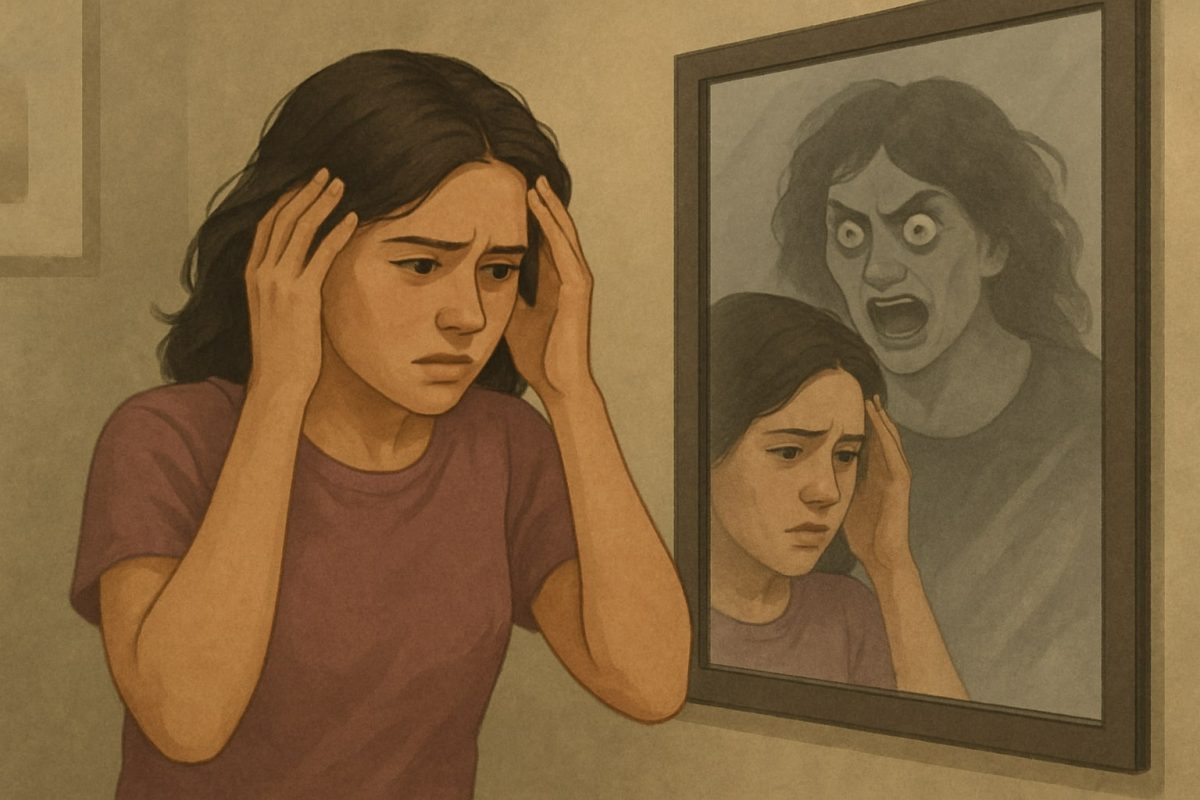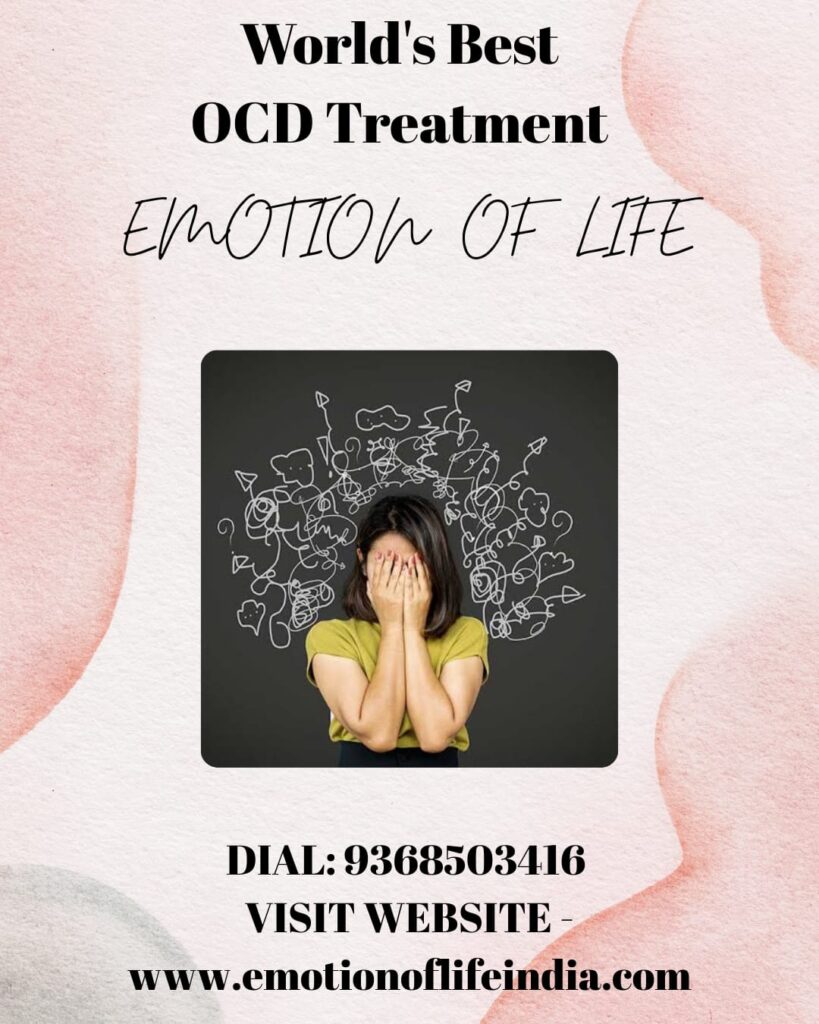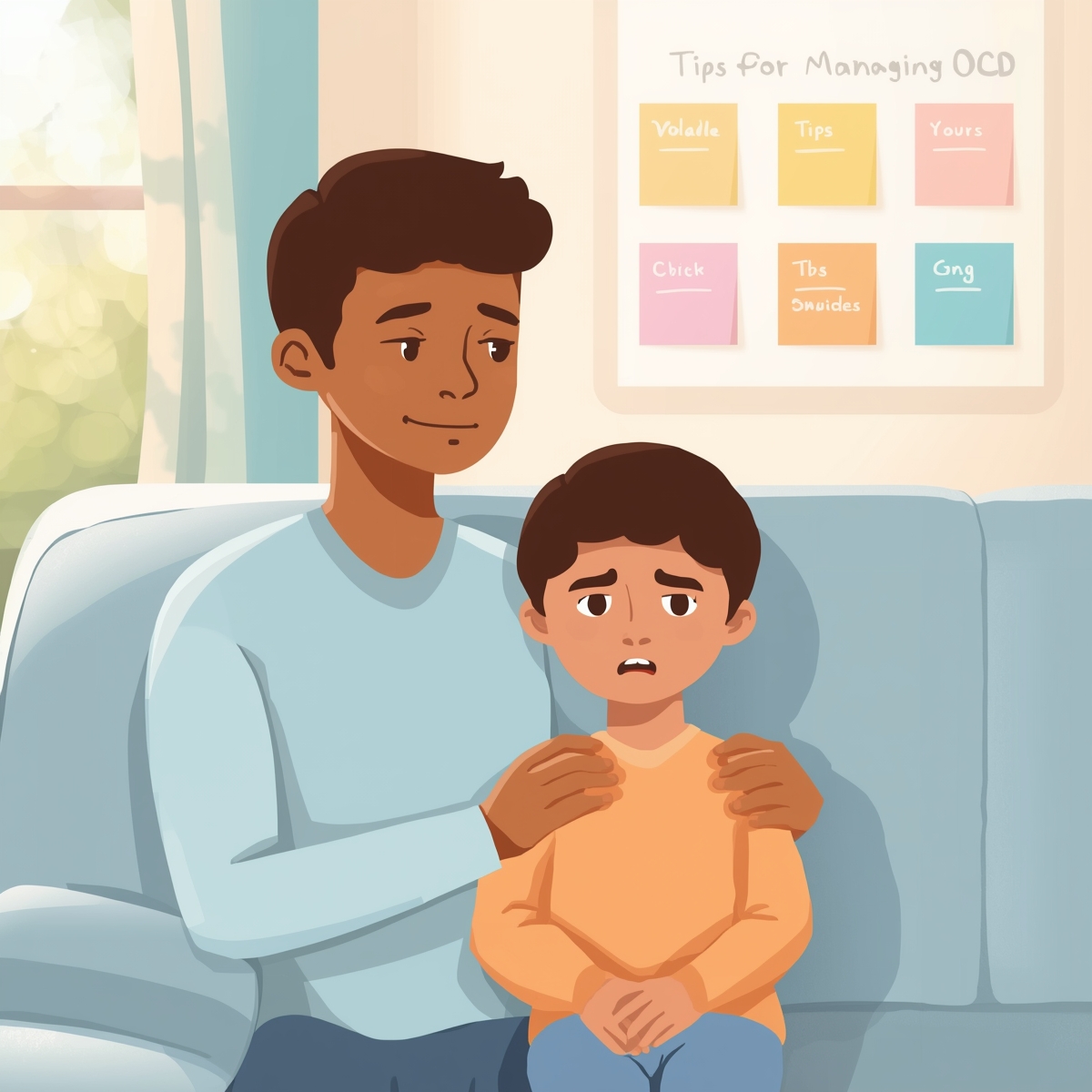Psychosis OCD is a troubling and often perplexing type of obsessive-compulsive disorder characterized by intrusive fears and doubts about losing touch with reality, developing a psychotic disorder, or experiencing hallucinations or delusions. It is crucial to note that psychosis OCD is not the same as psychosis; rather, it is a specific variant of OCD wherein the obsessions are centered around psychosis-related themes.
What is Psychosis OCD?
Individuals may find themselves plagued by thoughts like “Am I losing my mind?”, “Did I just hear voices or imagine them?”, or “What if I’m experiencing visual or tactile hallucinations?” These thoughts are ego-dystonic — feeling foreign and distressing to the person — prompting rituals aimed at testing, validating, or countering their fears of reality disconnect.
Key aspects
- Compulsive behaviors such as checking and reassurance-seeking, driven by relentless uncertainty about whether normal experiences signify a serious mental illness.
- Although psychosis OCD can share superficial similarities with psychotic disorders (intrusive images, voices, physical sensations), the distinction is that people with psychosis OCD usually retain some awareness that their thoughts are distressing and unlikely.
- In contrast, primary psychotic disorders often involve a loss of insight and fixed false beliefs.
How Psychosis OCD Appears
Many individuals repeatedly check their senses and memories, replay conversations, seek confirmation from others regarding auditory experiences, and conduct mental tests to affirm their sanity. Understanding this dynamic is essential, because OCD treatment differs from treatment for primary psychosis — the goal is to disrupt the obsession–compulsion cycle and reclaim a sense of normalcy.
Common Triggers & Development
Psychosis OCD often starts from harmless intrusive thoughts or unusual bodily sensations that the individual escalates into fears of psychosis. Examples include:
- A faint sound in a quiet environment that becomes hours of questioning whether it was a voice.
- A tingling sensation mistaken for a tactile hallucination.
- Worries of “thought insertion” (feeling certain thoughts do not belong to you) and repetitive mental rehearsals.
- Intrusive blasphemous or immoral thoughts misinterpreted as signs of severe mental illness.
Symptoms of Psychosis OCD
- Intense doubts regarding one’s perceptions, persistent auditory or visual verification, and mental replay of events to confirm memory accuracy.
- Repeatedly questioning one’s sanity with friends, family, or clinicians.
- Avoidance of situations perceived to trigger hallucinations and compulsive rituals aimed at proving the absence of delusions (e.g., testing whether a voice repeats specific words).
- Recording speech to self-validate coherence, or compiling lists comparing current and past actions to maintain a sense of identity.
- Heightened anxiety and hyper-vigilance that lead to misinterpretation of normal sensory stimuli.
- Sleep disturbances, social withdrawal, decreased job performance, and risk of secondary depression.
Origins of Psychosis OCD
Individuals with psychosis OCD often express terror over the possibility that their experiences might be true and strive to disprove them. By contrast, primary psychotic disorders often feature fixed beliefs and diminished insight. Psychosis OCD content can vary with personal vulnerabilities:
- Perfectionism & Black-and-White Thinking: Minor memory lapses may be viewed as indicators of delusion.
- Religious or Cultural Beliefs: Intrusive thoughts may be interpreted as possession or spiritual contamination in some contexts.
- Psychological Traits: Intolerance of uncertainty, excessive responsibility for one’s mental state, and high vigilance.
- Life Stressors: Poor sleep, substance use, trauma, or major life changes can trigger or worsen symptoms.
Impacts of Psychosis OCD
- Consumes large amounts of time through checking recordings, replaying conversations, or seeking confirmations.
- Strains relationships via repeated reassurance-seeking and secrecy.
- Reduces work performance and daily functioning due to diminished focus and confidence.
- Emotional effects include intense shame, isolation, and fear of losing identity.
- Avoidance behaviors can lead to missed appointments, social withdrawal, and worsening mental health (depression, substance misuse, suicidal ideation).
Treatment for Psychosis OCD
Treatment is tailored and often multimodal. Below are evidence-based and supportive approaches commonly used.
Cognitive Behavioral Therapy (CBT)
Therapists help individuals identify the obsession-compulsion cycle: triggers, catastrophic interpretations (e.g., “I heard a voice, I must be psychotic”), and rituals (recording, checking, reassurance). Cognitive restructuring examines evidence for and against catastrophic beliefs and tests alternative explanations such as stress or sleep deprivation. Therapy highlights preserved competencies and continuity of self.
Exposure and Response Prevention (ERP)
ERP is a core behavioral component and requires careful collaborative planning because the fears concern reality itself. ERP involves intentionally facing triggers that provoke psychosis fears while resisting protective rituals. Examples:
- Low-intensity exposures: listen to a quietly recorded sound believed to be a “voice” without replaying it or consulting others.
- Reading a feared phrase aloud without engaging in mental neutralization.
- Gradually increasing exposure intensity to learn that anxiety decreases without compulsions and that doubts do not require ritualized validation.
Acceptance and Commitment Therapy (ACT)
ACT helps clients change their relationship with intrusive thoughts through cognitive defusion: viewing thoughts as transient events instead of facts. ACT encourages values-driven action — committing to meaningful roles (parenting, work, creativity) even when intrusive fears persist.
Wellness Coaching
Wellness coaches support recovery by establishing routines that stabilize mood and reduce reality-testing urges:
- Sleep hygiene, regular exercise, balanced nutrition
- Stress-management techniques such as mindfulness and paced breathing
- Plans for acute doubt moments: supportive contacts, limits on checking, and guidance for when to seek emergency care
Personality Dynamics & Course Correction
Therapy can target deeper traits that sustain psychosis OCD (intolerance of uncertainty, excessive responsibility, perfectionism). Work explores early messages about mental control or stigma and gently fosters more compassionate self-guidelines (e.g., “thoughts vary; they do not equal illness”).
Cultivating Healthy Coping Strategies
Immediate alternatives to checking and reassurance-seeking include:
- Sensory grounding (name five objects in the room)
- Paced breathing
- Journaling to log intrusive experiences, distress ratings, and outcomes
- Behavioral substitutes like scheduled therapist check-ins rather than constant reassurance-seeking
- Carefully structured use of technology (e.g., time-limited audio review) within ERP frameworks
Improving Emotional & Mental Well-Being
Because psychosis OCD commonly coexists with depression, trauma-related stress, and social anxiety, integrated treatment should focus on sleep, mood stabilization, trauma processing when appropriate, and rebuilding social connections.
- Group therapy can normalize experiences and model adaptive responses.
- Family therapy helps relatives avoid enabling reassurance while supporting exposure exercises.
Success Stories
Success Story I — Kaveri
Kaveri, a 27-year-old writer, feared that racing thoughts and occasional confusion meant she was “losing her mind.” Her life became dominated by compulsive online searches, self-diagnosis videos, and reassurance-seeking. At Emotion of Life, Mr. Shyam Gupta explained psychosis OCD and started CBT with ERP. Kaveri practiced ACT techniques and wellness coaching routines. Over time she reconnected with writing and changed her relationship with uncertainty. She says, “I learned that having scary thoughts doesn’t make them real, it just means I have an anxious brain trying to protect me.”
Success Story II — Anita
Anita, a 35-year-old teacher and perfectionist, began obsessively testing whether she was “hearing voices” or imagining experiences. Obsessive monitoring led to insomnia and panic attacks. Through ERP, CBT, and ACT, she reduced checking behaviors, reframed distorted beliefs, and rebuilt emotional resilience with journaling, yoga, and social connection. Anita now reports calm and helps others via a mental health awareness club at her school.
(CBT with ERP), and remind the person gently that intrusive thoughts do not equate to danger or true mental collapse.
Conclusion
Psychosis OCD is a distressing OCD variant where obsessive content threatens one’s sense of reality. It is distinct from primary psychosis and is highly manageable with individualized, evidence-based treatment. Combining CBT + ERP to break the obsession–compulsion cycle, ACT to foster acceptance, wellness coaching for daily stabilization, personality-level work, coping strategies, and emotional healing provides a comprehensive recovery pathway.
Whether fears arise from odd sensations or intrusive thoughts, the goal is to change one’s relationship with those thoughts so doubt no longer governs life. Seeking help from an OCD-specializing therapist — such as Mr. Shyam Gupta — is a courageous and effective step toward regaining clarity, confidence, and connection.










